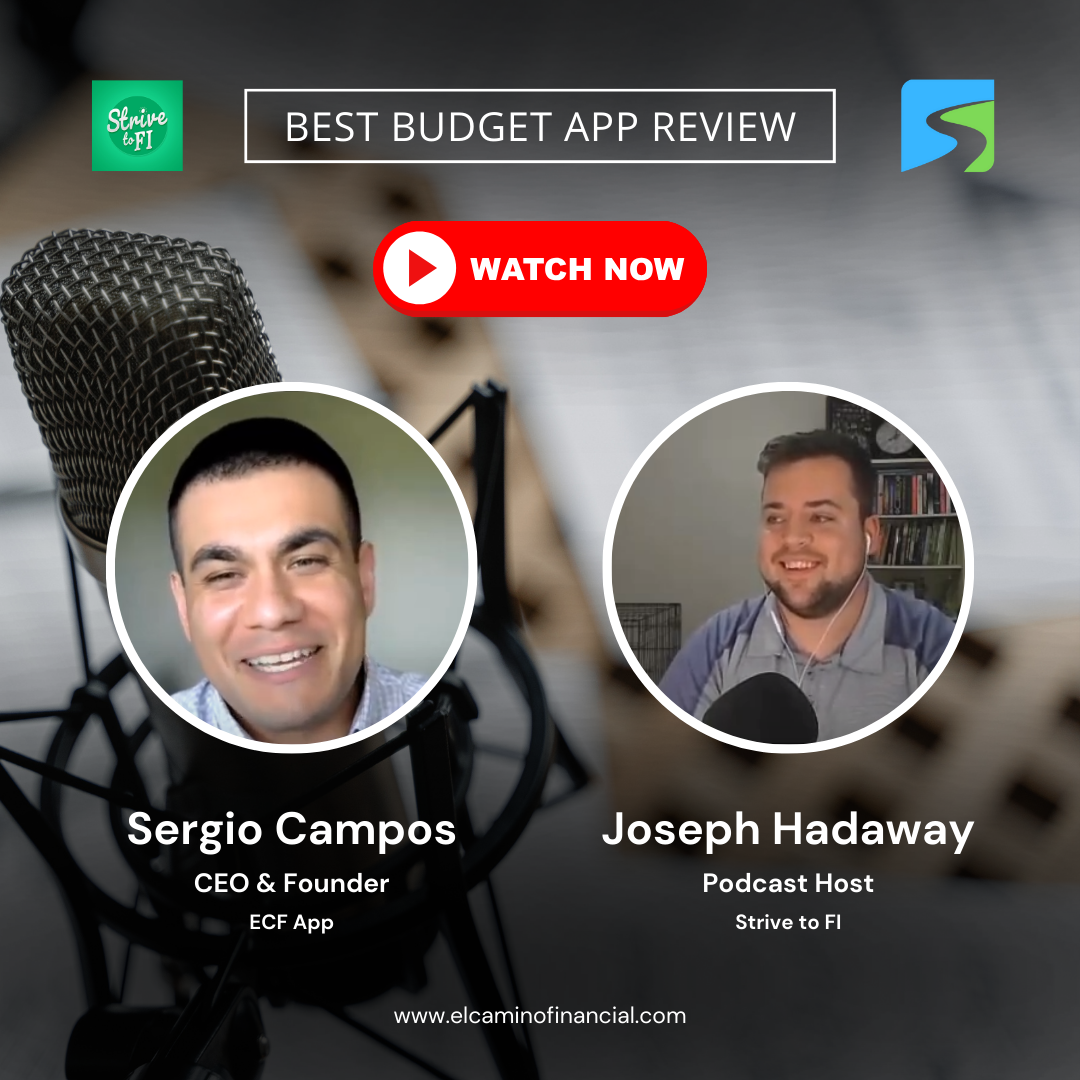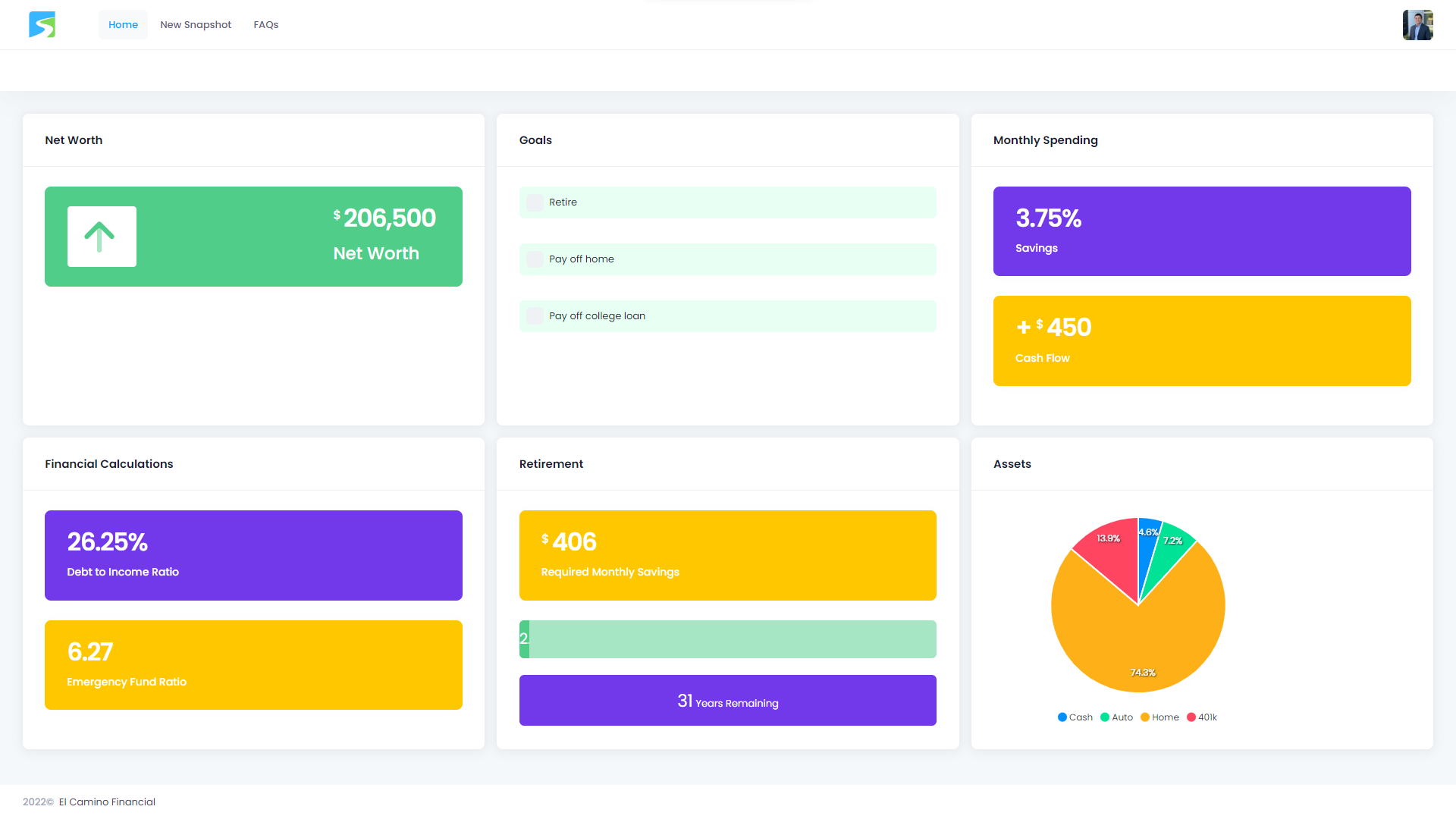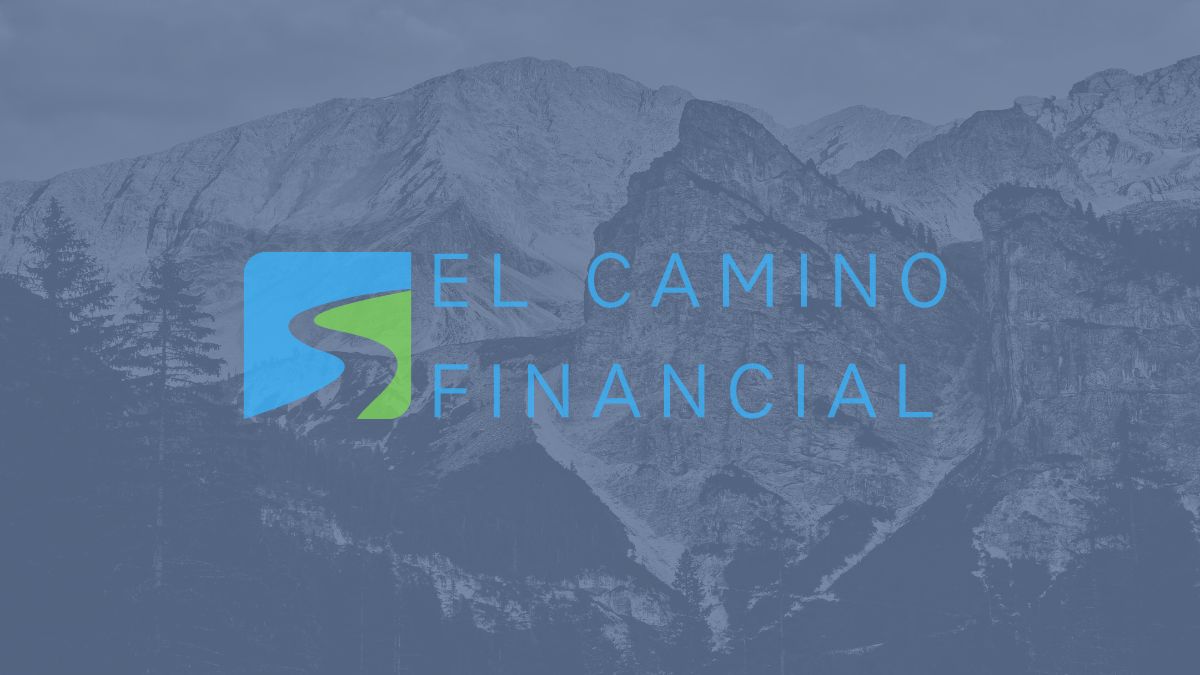Now that we’ve explored the founding story of ECF, it’s time to introduce you to our powerful personal finance app. Our app not only generates a snapshot of your financial status but also tracks your financial journey over time. This financial snapshot is built upon essential calculations employed by financial advisors to assess financial strengths and weaknesses. In forthcoming posts, we’ll delve into each calculation in detail. In the meantime, you can find a summary of these calculations in our FAQ section. Today, let’s focus on how you can create your inaugural financial snapshot. Before we proceed, make sure to register for a free ECF account here. Onboarding with ECF – Here we have a prerecorded video if you prefer to watch it. We have made a few updates to our application since the making of this video but it still provides you all the information you need to generate your first financial snapshot. Welcome to the start of your ECF personal finance journey! 😊 Upon your initial login, you’ll land on the Home page. Here, you’ll find a warm welcome message and links to introductory videos about ECF. You can choose to watch the videos or continue reading this post. Feel free to navigate around the platform and familiarize yourself. When you’re ready, click “Start Now” to begin creating your financial snapshot. Important Notes Before We Begin: Before we dive into crafting your first financial snapshot, here are a few important points to note: Now, let’s proceed to each section: Income After naming your personal finance snapshot, please provide your income details, then click “Continue.” Expenses Provide your expenses, and feel free to review the list to see if there’s anything that doesn’t apply to you, which you can delete. Assets Next, you’ll enter your assets, categorizing them as “Liquid,” “Illiquid,” or “Retirement,” along with descriptions and values. Debts Provide details about your debts. Goals Lastly, share a few financial goals that serve as reminders of why you’re working to improve your finances. Submit Once you’ve completed the sections, click “Submit.” Your financial snapshot will be instantly generated and will resemble the example below: Voila! You now have your first ECF snapshot. Stay tuned for our next post, where we’ll explore the importance of each section in your personal financial snapshot and continue our tour of ECF. Thank you for your support and interest in ECF! – SC





